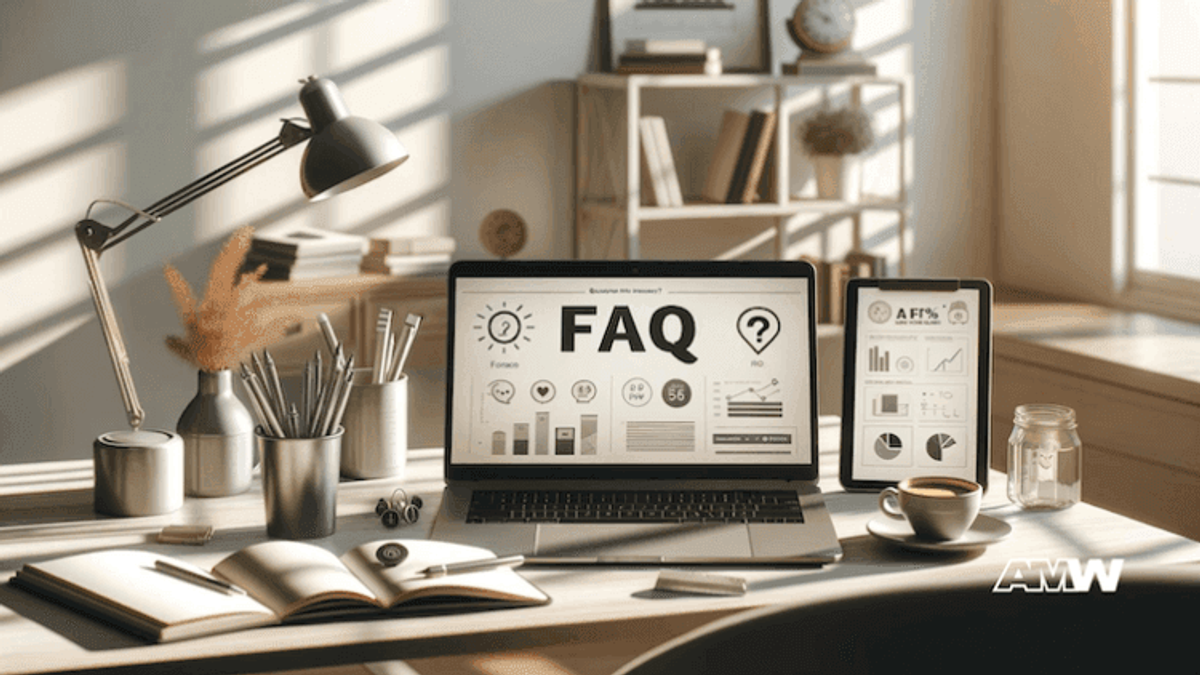Navigating the Intricacies of Online Marketing

Online marketing is no longer optional; it's a crucial component of any business strategy.
Quick Summary
Online marketing is essential for business success, involving channels like SEO, SEM, and social media to effectively engage customers. A strategic approach requires identifying the target audience, setting SMART goals, and balancing organic and paid strategies. Leveraging data analytics provides insights into campaign performance and customer behavior. Challenges include adapting to algorithm changes and managing online reputation. Businesses must continuously embrace new trends to maintain rel
From social media and SEM (search engine marketing) to email campaigns and content creation, online marketing offers unique opportunities and challenges.
This blog post aims to provide a detailed guide to understanding and mastering the complexities of online marketing, helping businesses to thrive in a competitive environment.
Ready to Grow Your Business?
Get a free consultation and custom strategy tailored to your goals.
Understanding Online Marketing

Online marketing, or digital marketing, involves using electronic devices or the internet for marketing efforts. Businesses utilize channels such as search engines, social media platforms, email, and websites to engage with customers. A successful online marketing strategy requires a deep understanding of how these channels interact and complement each other.
The digital marketing ecosystem is intricate, with numerous components that must work harmoniously. Search Engine Optimization (SEO) ensures your site ranks well in search, making it easier for customers to find you. Search Engine Marketing (SEM), including Pay-Per-Click (PPC) ads, allows companies ad placement in search's sponsored links. Social media marketing helps grow brand awareness and engage directly with your audience, while content marketing focuses on making valuable content to attract and maintain a clearly defined audience. Email marketing is one of the best ways to nurture leads and maintain customer relationships.
Data analytics and metrics are crucial in online marketing and provide insights into customer behavior, campaign performance, and return on investment (ROI). Tools like Google Analytics, SEMrush, and others offer data that can help your marketing strategies and help you make informed decisions.
Setting Up Your Online Marketing Strategy

Having a well-thought-out strategy is crucial for any successful online marketing campaign. The first step is to identify your target audience. Market research is important for understanding your customers' needs and online behavior. Creating detailed customer personas can help segment your audience and customize your marketing efforts to meet their needs.
When you understand your target audience, the next step is to establish clear, measurable goals. These goals should be SMART: Specific, Measurable, Achievable, Relevant, and Time-bound. Instead of setting an ambiguous goal like "increase website traffic," aim for "increase website traffic by 20% over the next three months." Aligning marketing goals with overall business objectives ensures that efforts contribute directly to company growth and success.
Budget allocation is another critical aspect of setting up your strategy. It's important to invest wisely across different channels to maximize your ROI. This might involve a mix of organic and paid methods, such as combining SEO with PPC advertising or content marketing alongside social media campaigns. The key is to find a balance that suits your business needs and financial resources.
Key Components of Online Marketing

SEO: SEO is about improving your website to achieve higher rankings in search engine results. This process involves both on-page SEO, which includes optimizing content and HTML source code, and off-page SEO, which involves activities outside the website, such as backlinks and social media engagement. The objective is to enhance your website's visibility for relevant searches, thus increasing organic traffic.
Search Engine Marketing (SEM): SEM involves using paid advertising to increase the visibility of search engine results pages (SERPs). The most common form of search engine marketing (SEM) is Pay-Per-Click (PPC) advertising. Effective SEM involves thorough keyword research, competitive analysis, and strategic bidding. Google Ads is the most widely used program for PPC campaigns.
Social Media Marketing: Facebook, Instagram, LinkedIn, and Twitter (X) are powerful tools for connecting with your audience. Each platform has unique characteristics and user demographics, so it's important to tailor your approach accordingly. Successful social media marketing involves regular posting, engaging with followers, and using analytics to measure performance and adjust strategies.
Ready to Grow Your Business?
Get a free consultation and custom strategy tailored to your goals.
Content Marketing: Content marketing is crafting and sharing valuable, pertinent, and dependable content to captivate and maintain a targeted audience. This can include blog posts, videos, infographics, ebooks, and more. The key is to provide content that addresses the needs and interests of your audience, thereby building trust and authority in your industry.
This is an effective way to reach your audience. It allows you to send messages that resonate with your subscribers. Crafting compelling email campaigns with strong calls to action can drive engagement and conversions.
Leveraging Data and Analytics

Data-driven decision-making is essential in online marketing.
Analyzing key performance indicators like website traffic, conversion rates, click-through rates (CTR), and customer engagement is important. These metrics provide valuable insights into what's effective and what's not.
Conversion Rate Optimization (CRO) aims to increase the percentage of visitors who complete different actions on a website. Techniques such as A/B testing, where you compare two versions of a webpage to see which performs better, and enhancing user experience (UX) can significantly boost your conversion rates.
Common Challenges and Solutions

Staying updated with algorithm changes is a major challenge in online marketing. Search and social media frequently update their algorithms, impacting marketing efforts. Staying informed about these updates and being agile enough to adapt your strategies is crucial for maintaining visibility and engagement.
Managing online reputation is another significant challenge. Negative reviews or feedback can harm your brand's image. It's important to respond fast and professionally to any comments and take steps to address the issues raised. Building a positive online presence through consistent, high-quality content and proactive engagement with your audience can mitigate the impact of negative feedback.
Balancing organic and paid strategies is essential for a well-rounded online marketing approach. While organic strategies like SEO and content marketing are cost-effective in the long run, paid strategies like PPC and social media ads can provide immediate results. Integrating both can help maximize your reach and impact.
Conclusion

An online marketing strategy is basic for business success in today's digital landscape. Businesses can create effective campaigns that drive growth and engagement by understanding the intricacies of various marketing channels, setting clear goals, leveraging data and analytics, and addressing common challenges. Continuously embracing new trends and technologies is essential for ensuring that your marketing efforts remain relevant and successful.
Ready to Grow Your Business?
Get a free consultation and custom strategy tailored to your goals.
FAQ

What is the most important aspect of online marketing?
Understanding and targeting your audience is crucial, ensuring all marketing efforts are relevant and impactful.
How can I measure my online marketing efforts?
Measure success through KPIs like website traffic, conversion, click-through rates, and return on investment. Tools like Google Analytics provide detailed insights.
What are some cost-effective online marketing strategies for small businesses?
Content marketing, social media engagement, email marketing, and SEO are cost-effective.
How often should I update my online marketing strategy?
Regular updates are essential. Reviewing your strategy quarterly and adjusting based on performance data, industry trends, and algorithm changes is advisable.
What are the biggest challenges in online marketing today?
Mastering algorithm changes, safeguarding online reputation, ensuring data privacy and security, and accurately measuring ROI are critical challenges to conquer.
Ready to Grow Your Business?
Get a free consultation and custom strategy tailored to your goals.